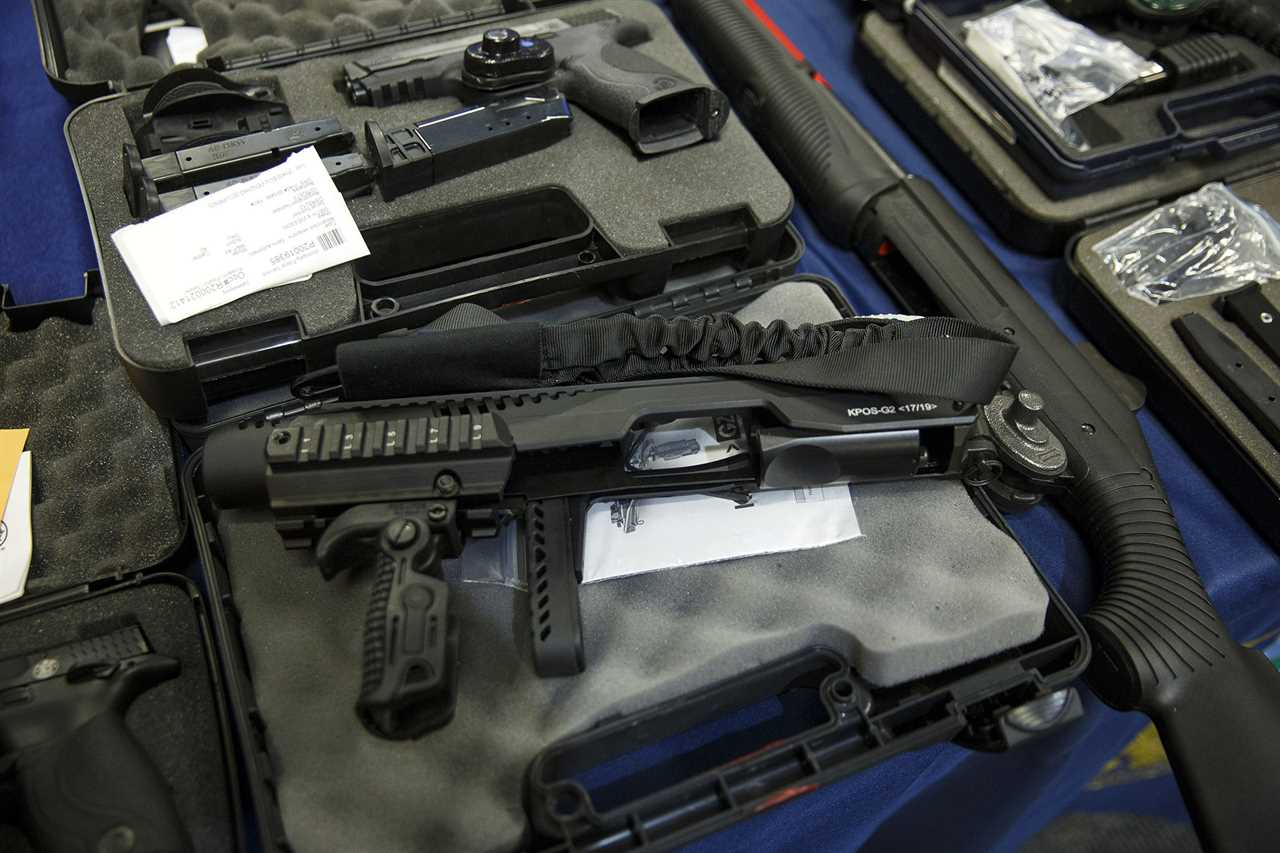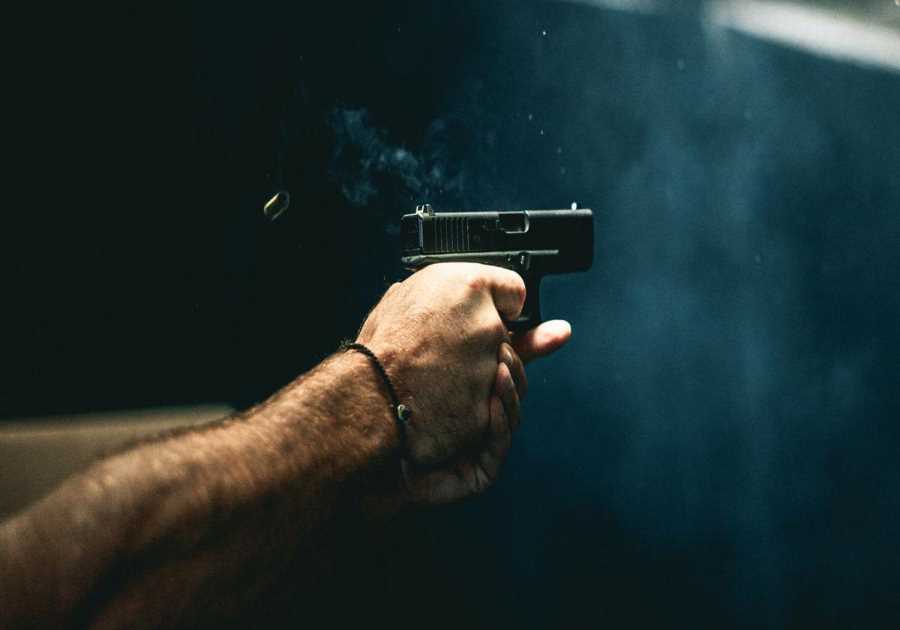
Hey there, time traveller!
This article was published 11/03/2022 (299 days ago), so information in it may no longer be current.
The fact that so-called “ghost guns” have been found by police in the city of Brandon is not all that surprising, given the fact that such 3D-printed firearms and their components were already found two hours down the road in Winnipeg in 2020 .
Any kind of crime or social ill that affects Winnipeg will eventually — without doubt — make its way to Manitoba’s second largest city at some point. And Brandon is a ripe target, like any other urban population in Canada.
What’s really more surprising — and rather daunting — was the international nature of the operation that was underway in our community.
Several 3D-printed gun components seized during an investigation in 2020 was the first of its kind in Winnipeg. Pictured here is a KPOS G2 Glock 17/19 Conversion kit for glock 9mm handguns. The so called “ghost guns” are weapons made by individuals without serial numbers or other identifying markings, often with the use of 3D printing. Similar weapons were recently seized in Brandon.
Earlier this week, Brandon Police issued a video press release announcing the force had busted an alleged operation to create the printed weapons in the city. Last April, the FBI in Los Angeles contacted BPS about two people reportedly conducting cyberattacks, one of whom was believed to be living in Brandon.
“This has been going on for the last 11 months, and we believe that these two individuals are conducting DDos attacks on different systems and networks within Canada and the US,” a BPS police press release read.
As we reported, a DDos attack sends an abundance of web traffic to a target, which makes it unreachable and shuts it down, police say. The cyberattacks were allegedly being conducted for a fee with an online service.
While executing a warrant on Pacific Avenue on Tuesday in conjunction with a separate search warrant in Texas, police say they witnessed a 3D printer actively printing what officers believe was the lower receiver of a handgun. The discovery of cannabis prompted police to conduct another search for weapons and drugs, which turned up a quantity of cocaine and more cannabis, as well as a complete firearm with a high-capacity magazine made of mostly printed parts, as well as several other printed fire arms.
Police said in a press release, it appears one of the two people arrested, 18-year-old Dayne Parrott-Jones, was allegedly manufacturing Glock firearms without serial numbers using a 3D printer. It appears he was also manufacturing high-capacity magazines and ammunition. The second person arrested, Rolanda Chaske, 24, was charged with several counts of handgun and drug possession.
These kinds of printed weapons are termed ghost guns because none of them have serial numbers and are essentially untraceable. Such weapons have become a huge problem in cities across North America.
They are a growing concern in the United States, where more and more they are used in mass shootings. Just last month, a California man who shot and killed his three daughters, as well as a chaperone who was supervising a visit with the girls and then killed himself, was armed with a semi-automatic rifle-style ghost gun.
Though California’s elected officials are working on enacting prohibitions to the sale and possession of unerialized guns, UK publication The Guardian reports that violence prevention advocates say such efforts offer only a Band-Aid solution until the US federal government creates policies that would regulate ghost guns, “and the US Bureau of Alcohol, Tobacco, Firearms and Explosives (ATF) closes the legal loophole that has allowed ghost gun makers to evade federal gun guidelines like background checks and serial numbers.”
US President Joe Biden declared last month a plan to crack down on these homemade guns, which he claims have fueled a surge in gun crimes.
“If you commit a crime with a ghost gun, not only are state and local prosecutors going come after you, but expect federal charges and federal prosecution as well,” Biden said.
Here in Canada, ghost guns, like all firearms, fall within three classes — non-restricted, restricted and prohibited, with different regulations applying to different classifications. Under Canada’s Firearms Act, it is illegal to manufacture or possess 3D-printed firearms without the proper licensing or registration certificates.
Nevertheless, use of 3D-printed weapons is proliferating in Canada as well, even though our laws are already a step above those of the US
As of Thursday, Brandon police public information officer Sgt. Kirby Sararas said police were still working to determine if any guns had been sold by the accused, but that police had never previously seized one in the city. Unfortunately, this is not likely going to stay in an isolated case, particularly as the Canadian government continues to crack down on more conventional firearms coming into Canada illegally across the US-Canada border.
As a 2020 report by the Frontier Center for Public Policy noted, the fact that criminals are resorting to the use of homemade hand guns “may be an indication of the success of cross-border interdiction of firearm trafficking.”
But such weaponry is becoming more sophisticated, as are the crime rings attempting to utilize the technology. The ongoing question for law enforcement and elected officials in this country is what can be done to exorcise these ghosts from our streets.






